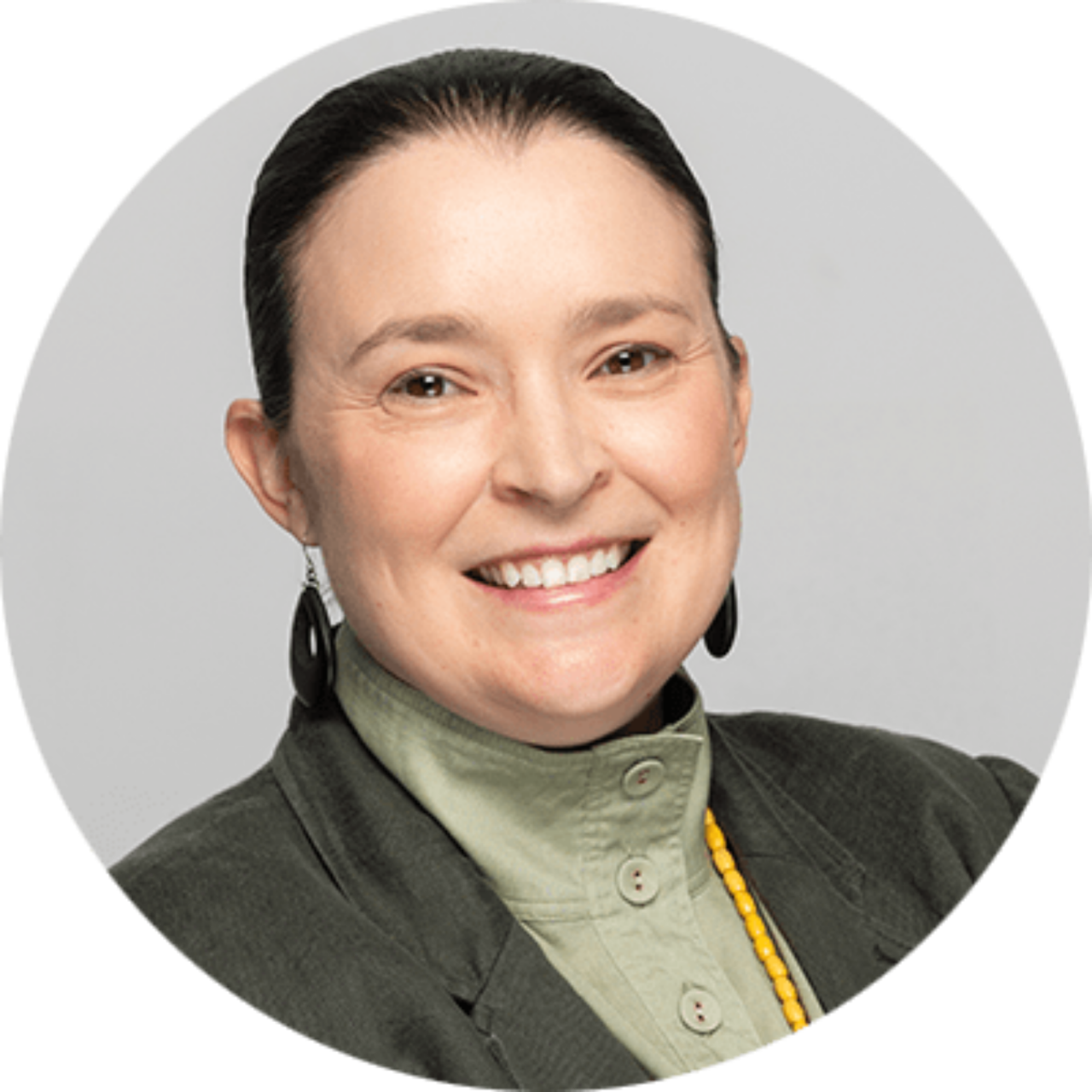Bringing the Aboriginal history of South Australia’s Riverland region to the fore has been a long-term collaborative project for Professor Amy Roberts, of Flinders University, and the River Murray and Mallee Aboriginal Corporation.
Together they have explored the period of European invasion and frontier conflict, examined the ongoing effects of European settlement and pastoralism, discovered rare extended the known Aboriginal occupation of the region.
Their work has had significant support from the Australian Research Council and others.
One archaeological site that the research team recorded was a secluded rockshelter, a place which preserved traditional Aboriginal engravings overlaid with the historical inscriptions of European members of frontier conflict expeditions and later settlers.
The expedition inscriptions were part of a larger historical trajectory that culminated in the devastating Rufus River Massacre in 1841. However, much of the South Australian story of frontier conflict and violence on the Murray River had received less attention. A swastika, engraved in 1932, also attests to later settlement and racism.
“We need to tell these stories to protect our history and heritage so that our culture is respected and not lost,” says Fiona Giles, of the River Murray and Mallee Aboriginal Corporation.
“For us, as traditional owners, this rockshelter is a highly significant and special place. It tells the stories of our ancestors and shows our deep connection to the river and reminds us of how our people lived before Europeans invaded our world.”
The team also surveyed vast swathes of the floodplain.
In conjunction with Traditional Owners, they recorded hundreds of archaeological sites including shell middens, stone tool scatters, hearths and oven mounds, canoe trees, rock art and more.
Along the way, they uncovered a number of extremely rare finds such as a 600-year-old serrated shell artefact and a sharp tool made from a tektite (a natural glass created during meteorite strikes).
The breadth of this research has revealed important findings about Aboriginal technological innovations.
“This recent shell find confirms that our ancestors not only made utensils and tools for everyday use, but they were also gifted with making artistic pieces using any materials that were readily available.” Ms Giles says.
The research team also recorded a significant collection of oral histories, particularly from community Elders. These histories have provided a guide to their work and have brought to light many “hidden histories”.
In particular, accounts have highlighted the importance of Aboriginal labour in the riverboat and pastoral industries – such contributions are often overlooked in history books which have largely celebrated the pioneering achievements of European settlers.
A radiocarbon dating program, led by Professor Roberts’ PhD student Craig Westell, culminated in the discovery of the Riverland’s oldest archaeological site: a 29,000-year-old shell midden deposit that radically extended the known Aboriginal occupation of the region by 22,000 years.
The dated shells were the remnants of meals eaten long ago. Other dates and sites revealed how Aboriginal people adjusted to an ever-changing river landscape.
The period represented by the radiocarbon results brackets the Last Glacial Maximum when climatic conditions were colder and drier, and when the arid zone extended over much of the Murray- Darling Basin. The river and lake systems of the basin were under stress during this time. In the Riverland, dunes were advancing into the Murray floodplains, river flows were unpredictable and salt was accumulating in the valley.
The ecological impacts witnessed during the Millennium Drought provide some impression of the challenges Aboriginal people may have faced along the river during the Last Glacial Maximum, and other periods of climate stress.
“These studies show how our ancestors have lived over many thousands of years in the Riverland region and how they managed to survive during times of hardship and plenty,” says Ms Giles.
Professor Roberts hopes that her work contributes to better cross-cultural understandings, promotes the amazing diversity of the archaeological record and significantly improves protections for Aboriginal heritage.
“It's an immense privilege to be able to work with Aboriginal communities, to have their trust and to work together to foreground the extraordinary achievements of their ancestors, from deep time to the recent past,” she says.
You may be interested in
BRAVE MINDS
Discover how Flinders is making a difference to our culture, economy, environment society and world.
Subscribe to Flinders research
Sign up to get updates on upcoming events, news and more.
I consent to the collection, processing and disclosure of the personal information submitted in accordance with the Flinders University Privacy Policy.
![]()
Sturt Rd, Bedford Park
South Australia 5042
South Australia | Northern Territory
Global | Online




